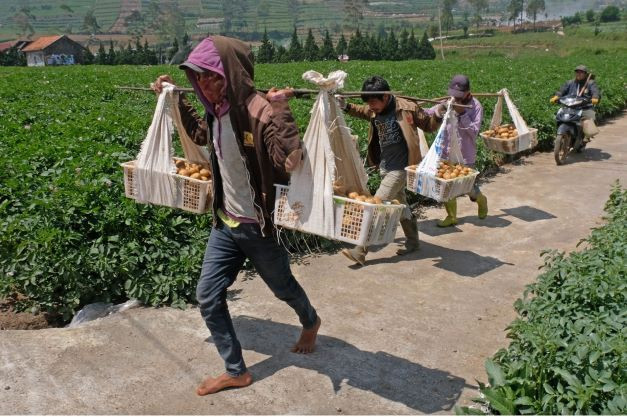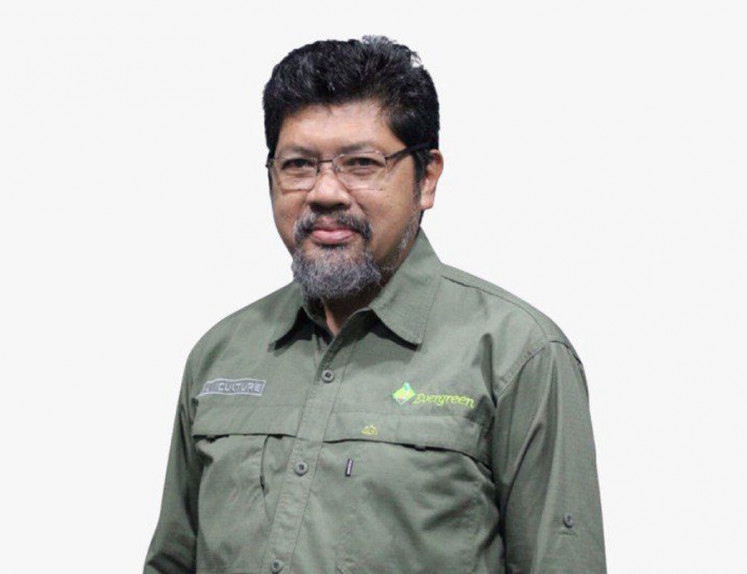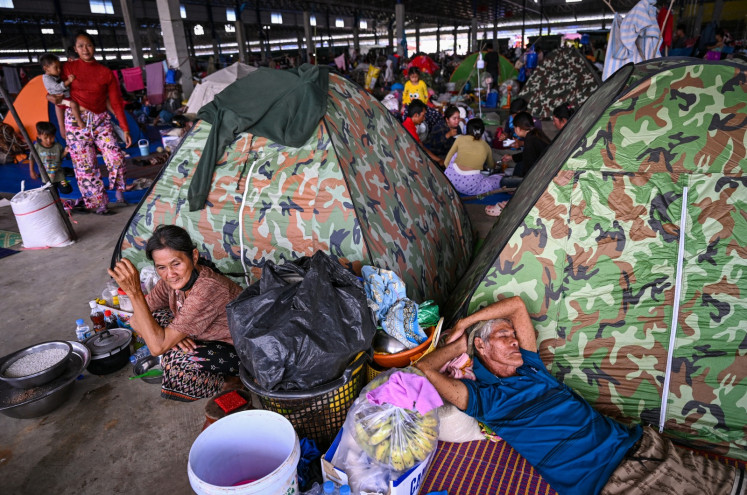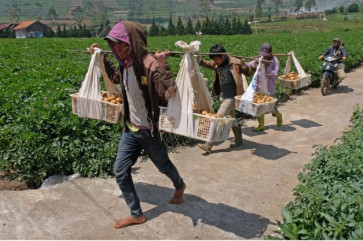Popular Reads
Top Results
Can't find what you're looking for?
View all search resultsPopular Reads
Top Results
Can't find what you're looking for?
View all search resultsWhat can we expect from the 2023 Agricultural Census?
Until recently, the agricultural sector was at the center of Indonesian poverty, with farmers and agricultural laborers making up more than half of the country’s poor population.
Change text size
Gift Premium Articles
to Anyone
I
ndonesia is going to conduct its seventh Agricultural Census in May next year. At the moment, Statistics Indonesia (BPS) is still completing the final preparations of one of the largest agricultural censuses on the earth that will enumerate more than 25 million agricultural households and other institutions performing agricultural activities.
We have conducted the Agricultural Census every ten years since 1963. This long experience is more than enough to ensure that the 2023 Census of Agriculture (CA 2023) will meet its traditional objectives, i.e. capturing the transformation of our agricultural structure in the last decade, providing a sampling frame for agricultural surveys conducted between the two censuses and benchmarking key agricultural statistics collected in the last ten years.
However, there is a huge expectation that the CA 2023 will achieve more than just its traditional objectives. In recent years, our agricultural sector is facing evolving challenges that need quality and comprehensive data to address. In short, we need something new from the census.
So, what are the new features that the CA 2023 will provide us?
Besides its traditional objectives, the CA 2023 is designed to collect data for accomplishing at least three big missions, namely redefining the concept of small-scale farmers and measurement of farmer welfare, measuring agricultural sustainability and paving a way to integrate our agriculture statistical system.
For decades, our agricultural sector has been characterized as a conventional industrial food system that focuses heavily on improving production. It tends to set aside two important features of agricultural development: farmers’ welfare and sustainability.
Until recently, the agricultural sector was at the center of Indonesian poverty, with farmers and agricultural laborers making up more than half of the country’s poor population. Commonly, this phenomenon is associated with the fact that almost 60 percent of our agricultural household landholders only manage less than a half hectare of agricultural land or called petani gurem (marginal farmers).



















